Cycling Trips Essentials: Road Bike Edition for Smart Travelers
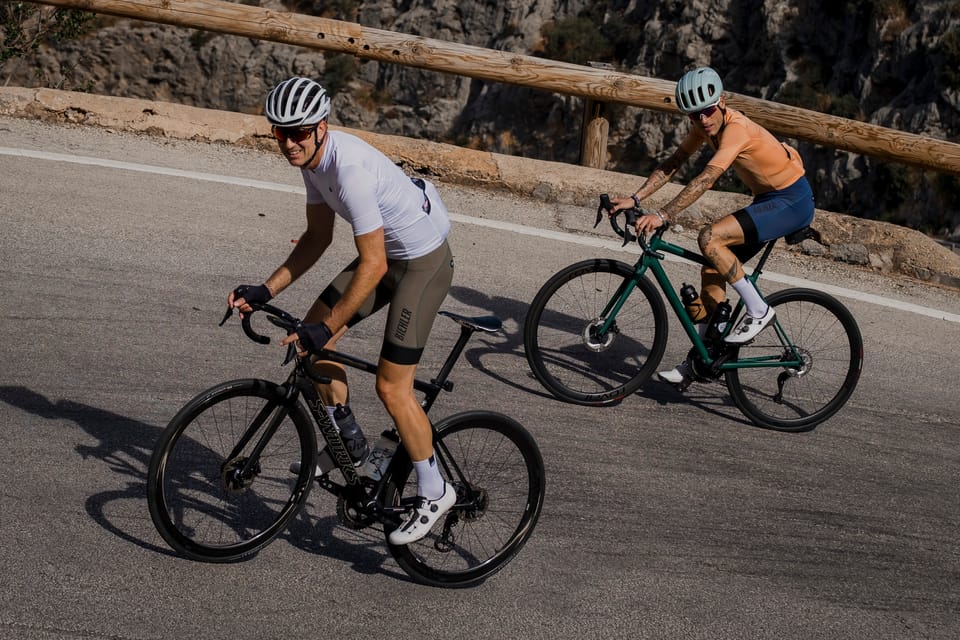
Introduction: Why Road Bike Trips Require Smart Preparation
Cycling on a road bike is an exhilarating way to see the world. Whether you’re cruising along coastal highways, climbing alpine passes, or exploring countryside routes, road cycling trips offer a unique blend of sport and adventure. But before hitting the road, preparation is everything.
Unlike casual rides at home, traveling for a cycling trip means thinking about logistics, gear, and safety. Having the right cycling trips essentials ensures comfort, performance, and peace of mind—whether you’re bringing your own road bike or renting one at your destination.
Deciding Between Bringing Your Own Road Bike or Renting One
One of the first decisions every road cyclist must make is whether to bring their own bike or rent locally. Both options have pros and cons, and your choice depends on your travel style, destination, and budget.
Pros and Cons of Traveling With Your Own Bike
Advantages:
- Familiar fit and comfort.
- Confidence in performance and reliability.
- You control the bike’s condition and maintenance.
Challenges:
- Extra luggage fees for flight transportation.
- Risk of damage during transit.
- Hassle of packing, unpacking, and reassembling.
Advantages of Renting a Road Bike at Your Destination
- No need to transport a bike across airports or trains.
- Access to top-quality models at rental shops.
- Perfect for short trips or when traveling light.
How to Choose Between the Two Options
- If you’re racing or on a long multi-day tour: bring your own bike.
- If you’re on a short holiday and value convenience: rent a road bike locally.
Packing Essentials for Road Cycling Trips
Travel Cases and Bike Packing Tips
If you’re bringing your own bike, invest in a hard-shell travel case. It protects your frame and wheels during flights. For easier handling, learn how to remove pedals, lower the saddle, and detach wheels before packing.
Must-Have Tools and Spare Parts
Even when renting, a small toolkit comes in handy. Essentials include:
- Mini pump or CO₂ inflator.
- Multi-tool with Allen keys.
- Spare tubes and tire levers.
- Compact chain lubricant.
Compact Luggage for Lightweight Travel
Cycling trips are about efficiency. Keep your non-cycling gear minimal—a single backpack or duffel is usually enough alongside your cycling kit.
Road Bike Safety Gear
Helmets and Protective Eyewear
A road-certified helmet is non-negotiable. Pair it with UV-protective cycling glasses to block wind, dust, and glare.
High-Visibility Clothing and Lights
Road cyclists share lanes with traffic, so visibility is crucial. Pack:
- Reflective jerseys and vests.
- Front and rear LED lights.
- Reflective ankle bands.
Gloves and Essential Accessories
Cycling gloves reduce hand fatigue and prevent blisters on long rides. Don’t forget a lightweight bell if local laws require it.
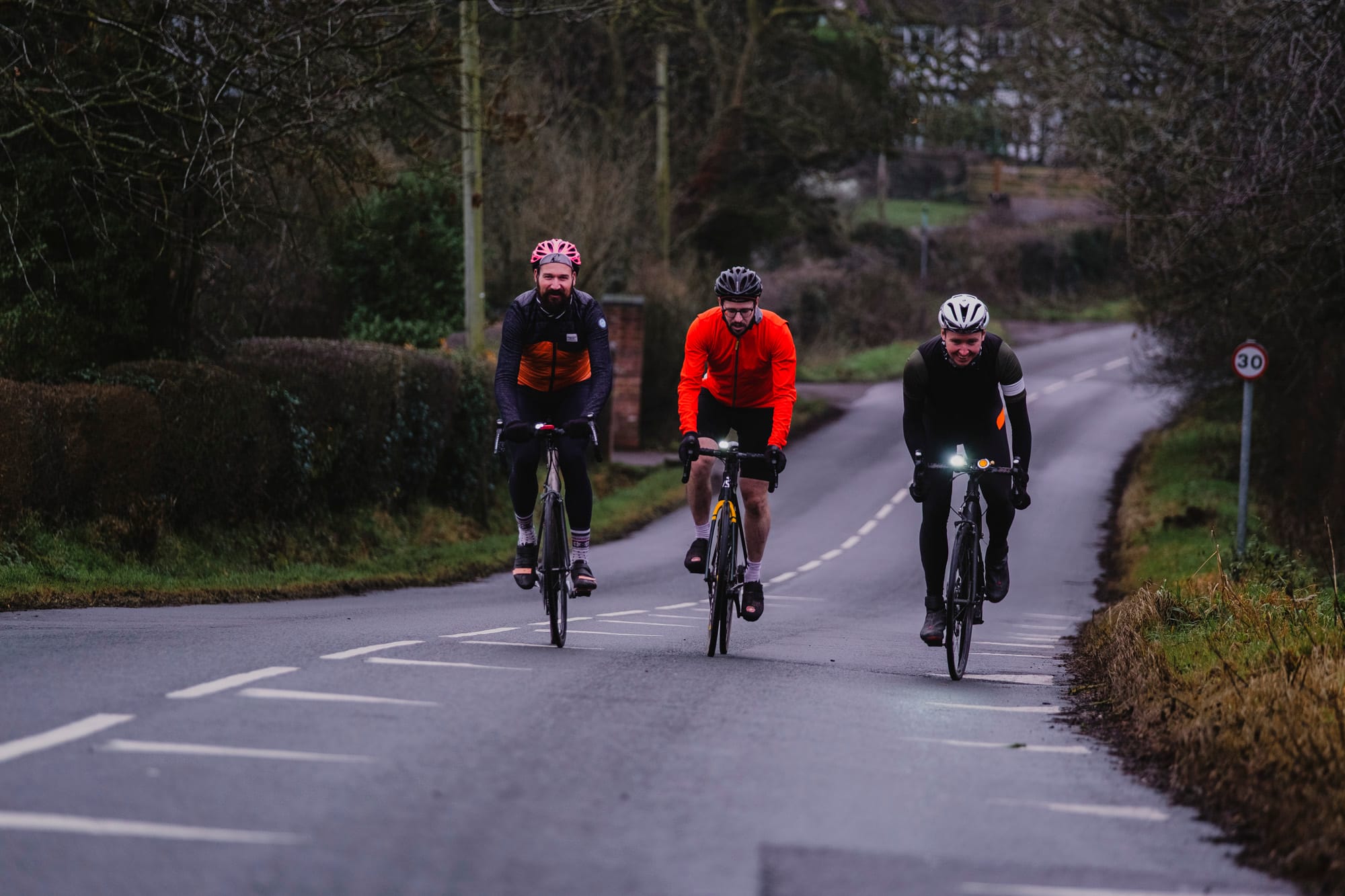
Clothing Essentials for Road Cyclists
Jerseys and Padded Shorts
A breathable jersey and padded bib shorts are must-haves for long-distance comfort.
Layering for Weather Changes
Arm warmers, leg warmers, and lightweight vests allow quick adaptation to changing conditions.
Rain Jackets and Windproof Gear
Packable rain jackets keep you dry without adding bulk to your panniers or jersey pocket.
Nutrition and Hydration Strategies on the Road
Hydration Systems and Bottles
Two water bottle cages are standard for road bikes. For hot climates, consider an insulated bottle or hydration pack.
Energy Gels, Snacks, and Recovery Foods
Fuel your ride with energy gels, bars, and bananas. After long rides, replenish with protein and carbs to speed recovery.

Tech and Navigation Must-Haves
GPS Devices and Cycling Computers
Cycling computers like Hammerhead, Garmin or Wahoo provide live data, route tracking, and elevation profiles essential for road cycling trips.
Smartphone Mounts and Power Banks
A handlebar phone mount helps with navigation apps. A compact power bank ensures your devices stay charged on long rides.
First Aid and Emergency Readiness
Even with the best planning, unexpected situations can happen. A compact first aid kit can make a big difference if you crash or experience minor injuries.
Compact First Aid Kits for Cyclists
A travel-friendly kit should include:
- Adhesive bandages for cuts and scrapes.
- Antiseptic wipes to clean wounds.
- Pain relief tablets.
- Blister patches for hot spots.
Emergency ID and Insurance
Always carry:
- A physical ID card and emergency contact details.
- Travel insurance that covers cycling accidents.
- A medical bracelet or digital emergency profile (some cycling apps and GPS devices include this feature).
Road Etiquette and Cycling Culture Abroad
When cycling in a new country, respecting local rules and culture keeps you safe and welcome on the roads.
Group Riding Manners
- Signal turns and obstacles clearly.
- Rotate at the front to share the workload.
- Hold a straight line and avoid sudden braking.
Respecting Local Cycling Laws
- In some countries, daytime lights are mandatory.
- Helmet laws vary—check in advance.
- Learn local road signs and hand signals.
Understanding these details ensures you don’t get fined—and helps you blend in with local riders.
Environmental Responsibility for Road Cyclists
Cycling is already one of the most sustainable ways to travel, but you can make your road trips even more eco-friendly.
Eco-Friendly Travel Choices
- Book accommodation that supports cyclists and encourages sustainable practices.
- Take direct flights or trains to reduce carbon impact when possible.
- Rent bikes locally if transporting yours would require excessive travel emissions.
Minimizing Waste on the Road
- Avoid single-use plastics by refilling bottles.
- Carry reusable snack bags instead of disposable wrappers.
- Respect natural landscapes: no litter, no shortcuts that damage trails.
Frequently Asked Questions (FAQs)
1. Should I bring my own pedals if I rent a road bike?
Yes. Most cyclists prefer using their own clipless pedals and shoes for comfort and performance. Rental shops will usually install them for you.
2. How do I avoid saddle discomfort on long road trips?
Invest in a quality chamois (padded shorts), use chamois cream, and ensure your saddle is correctly fitted.
3. Is travel insurance necessary for road cycling trips?
Absolutely. Medical emergencies abroad can be costly. Ensure your policy covers road cycling and, if relevant, competitive events.
4. What’s the best way to pack my bike for a flight?
A hard-shell bike case offers the most protection. Remove pedals, deflate tires slightly, and secure all moving parts.
5. How many cycling kits should I pack for a week-long trip?
At least two jerseys and two pairs of bib shorts. This allows one set to dry while you use the other.
Conclusion: Ready for Your Next Road Cycling Adventure
A road cycling trip is more than just a holiday—it’s a chance to push your limits, explore stunning landscapes, and enjoy the freedom of the open road. By focusing on the right cycling trips essentials, you’ll not only ride with confidence but also avoid the common pitfalls that derail unprepared cyclists.
Whether you decide to bring your own road bike or rent one at your destination, pack smart, ride safe, respect local culture, and tread lightly on the environment. With the right balance of preparation and adventure, your next cycling trip will be an unforgettable experience on two wheels.

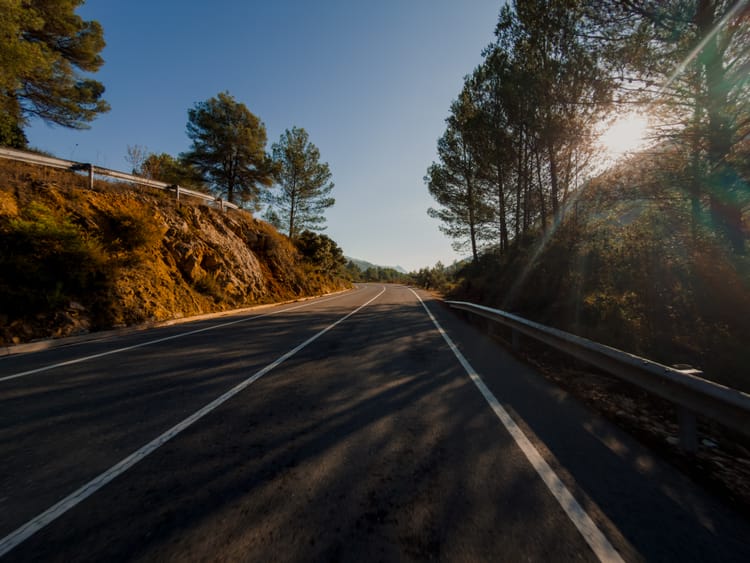
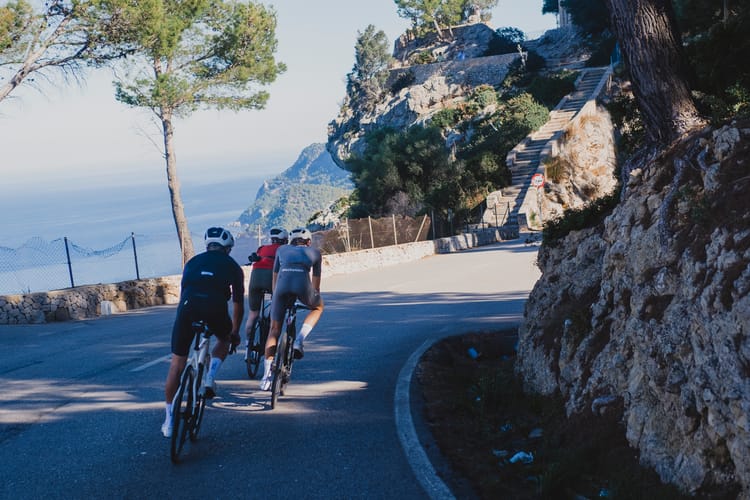

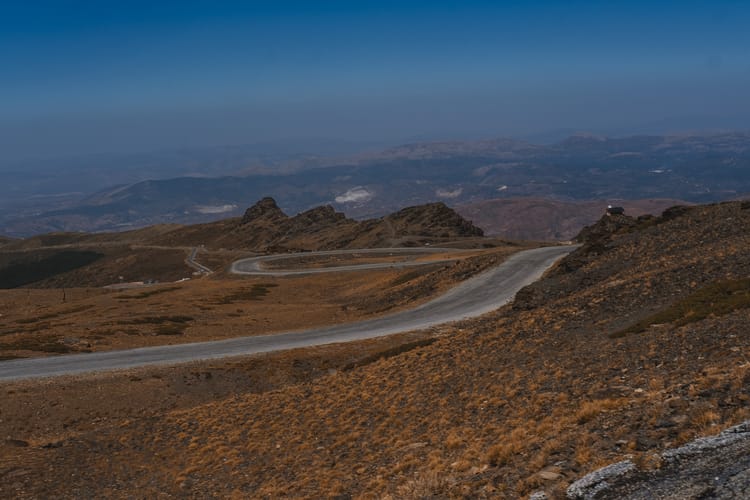
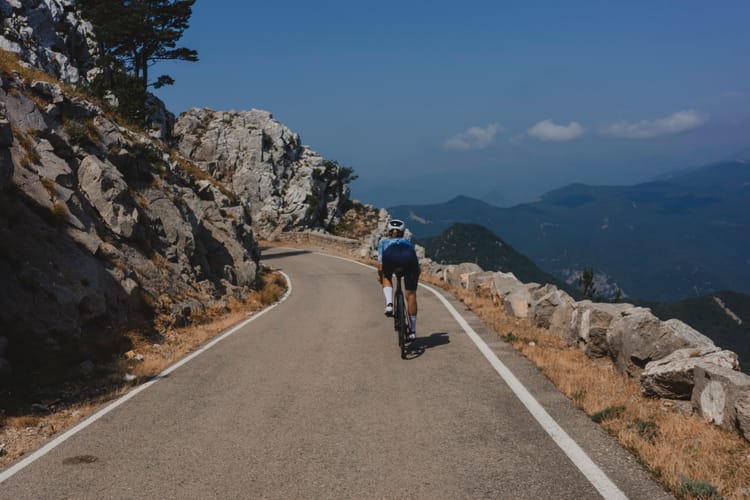
Member discussion